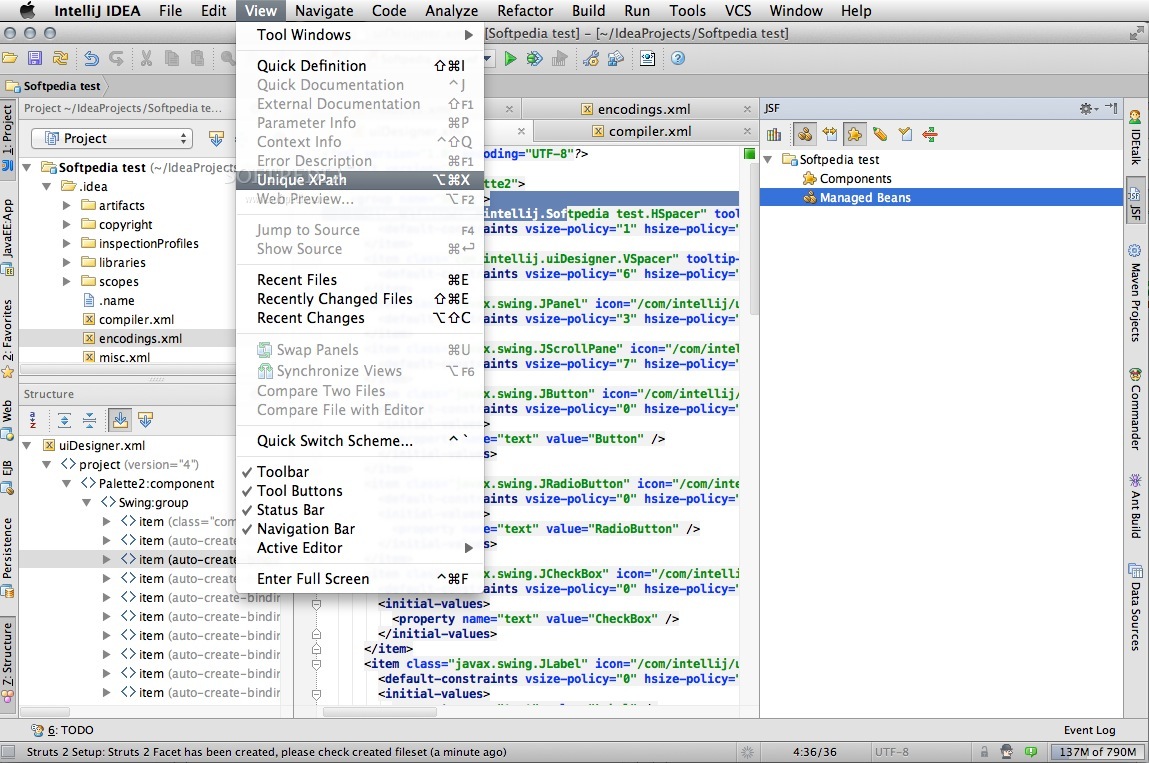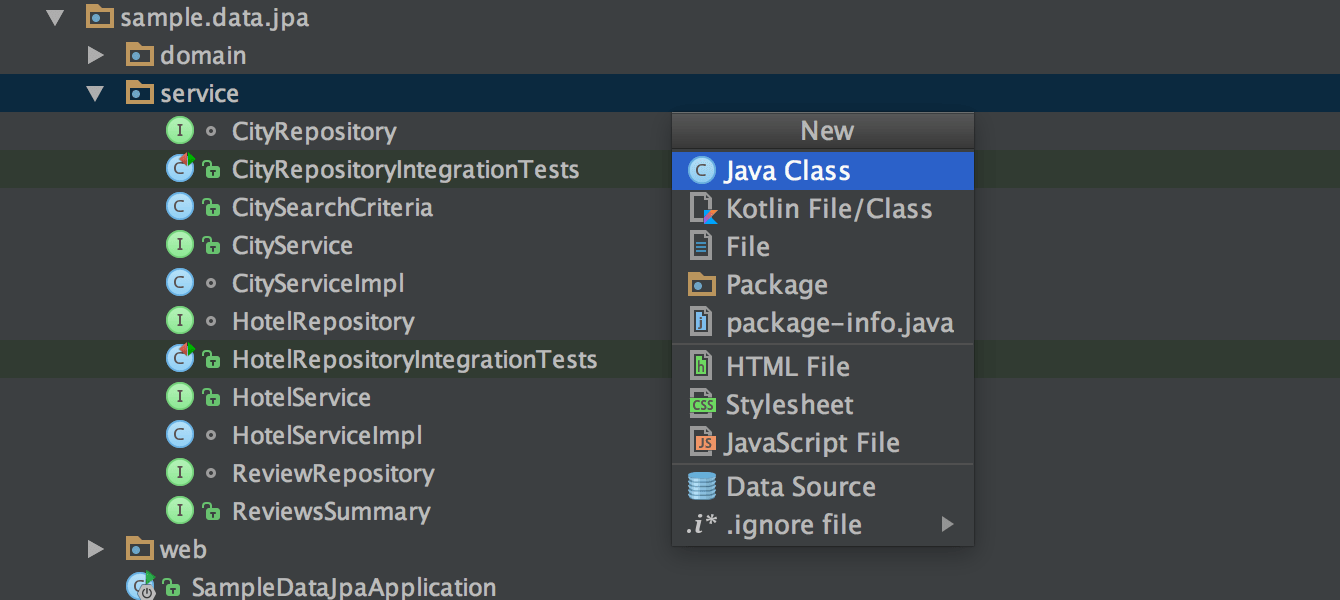

Pattern matching is a big topic and it is being rolled out in batches in the Java language. Pattern matching for switch (a preview feature) Ok, now we are ready to start with the Java 17 language features. Since a preview feature is not permanent (yet), and it is possible that it could change (or even be dropped) in a future Java release. Once you select this, you might see the following pop-up which informs you that IntelliJ IDEA might discontinue the support for the Java preview language features in its next versions. On the Modules tab, ensure the same language level is selected for the modules – 17 (Preview) – Pattern matching for switch:
Intellij idea versions download#
You can choose the JDK version to download from a list of vendors. You can use any version of the JDK that has already been downloaded on your system, or download another version by clicking on ‘ Edit’ and then selecting ‘ Add SDK >’, followed by ‘ Download JDK…’.

To use pattern matching for switch with Java 17, go to ProjectSettings | Project, set the Project SDK to 17 and set Project language level to ‘ 17 (Preview) – Pattern matching for switch’:

More support is on the way in future IntelliJ IDEA releases.
Intellij idea versions code#
It also helps replace if-else statement chains with switch, improving code readability.īefore we dive into pattern matching for switch, let’s ensure we have the basic IntelliJ IDEA configuration set up.īasic support for Java 17 is available in IntelliJ IDEA 2021.2.1. Also, case labels are no longer limited to constant values. The type of the selector expression that can be used with a switch is expanded to any reference value. As the name suggests, it adds patterns to the case labels in the switch statements and switch expressions. Pattern matching for switch is introduced as a preview feature. Now a visible class or interface doesn’t need to be implicitly extensible. Sealed classes decouple accessibility from extensibility. You can use this link for a comprehensive list of all the new Java 17 features.Īdded as a standard Java language feature in Java 17, sealed classes enable you to control the hierarchies to model your business domain. I will also highlight how these features can reduce the cognitive complexity for developers. I’ll cover what these features are, why you might need them, and how you can start using them in IntelliJ IDEA. In this blog post, I will limit the coverage of Java 17 to its language features – Sealed Classes and Pattern Matching for switch. If you have been waiting to move on from Java 8 or 11, now is the time to weigh its advantages. Given that Java 17 is also an LTS release, it’s not just the developers but enterprises also noticing it.

Switch expressions – what benefits do they bring to the table?.


 0 kommentar(er)
0 kommentar(er)
